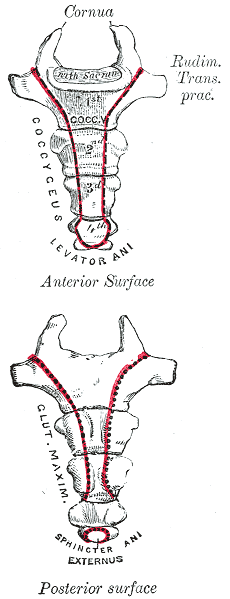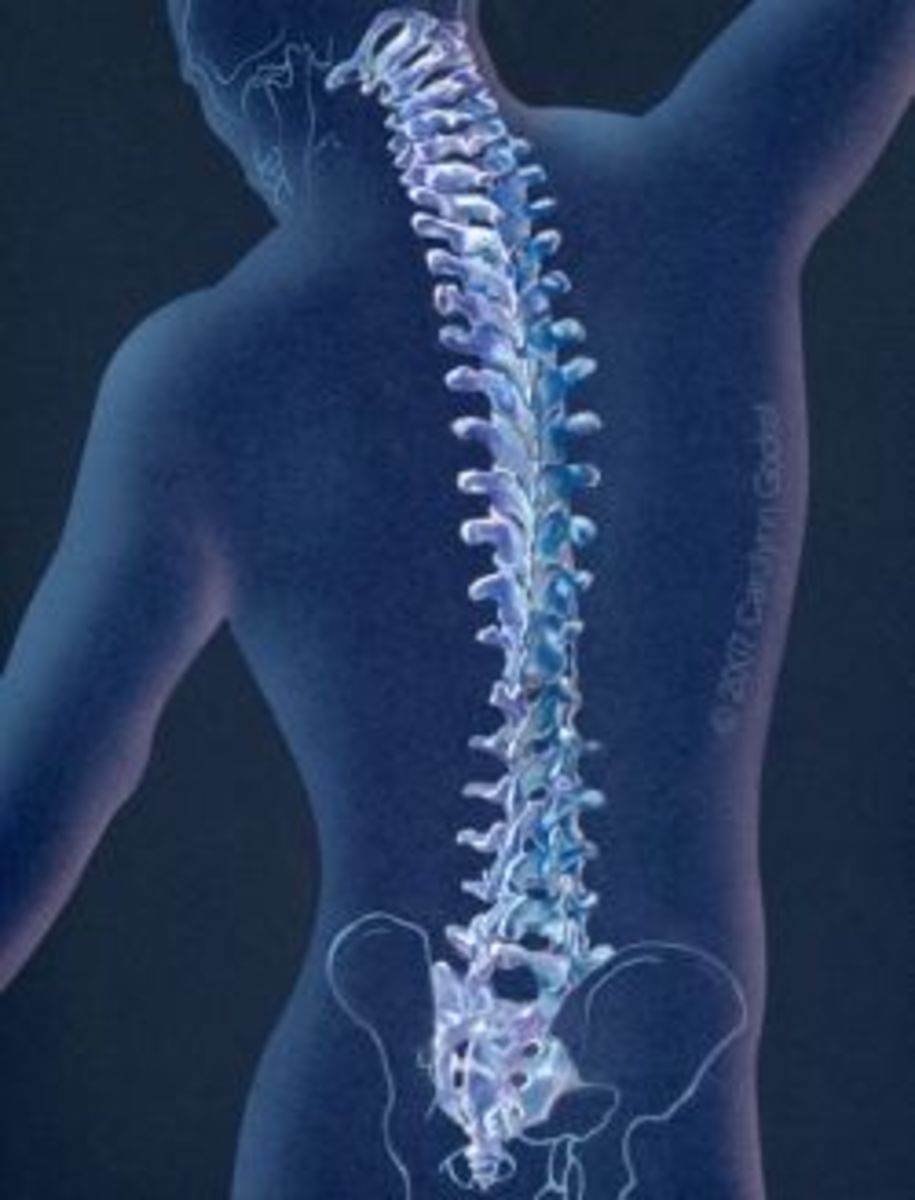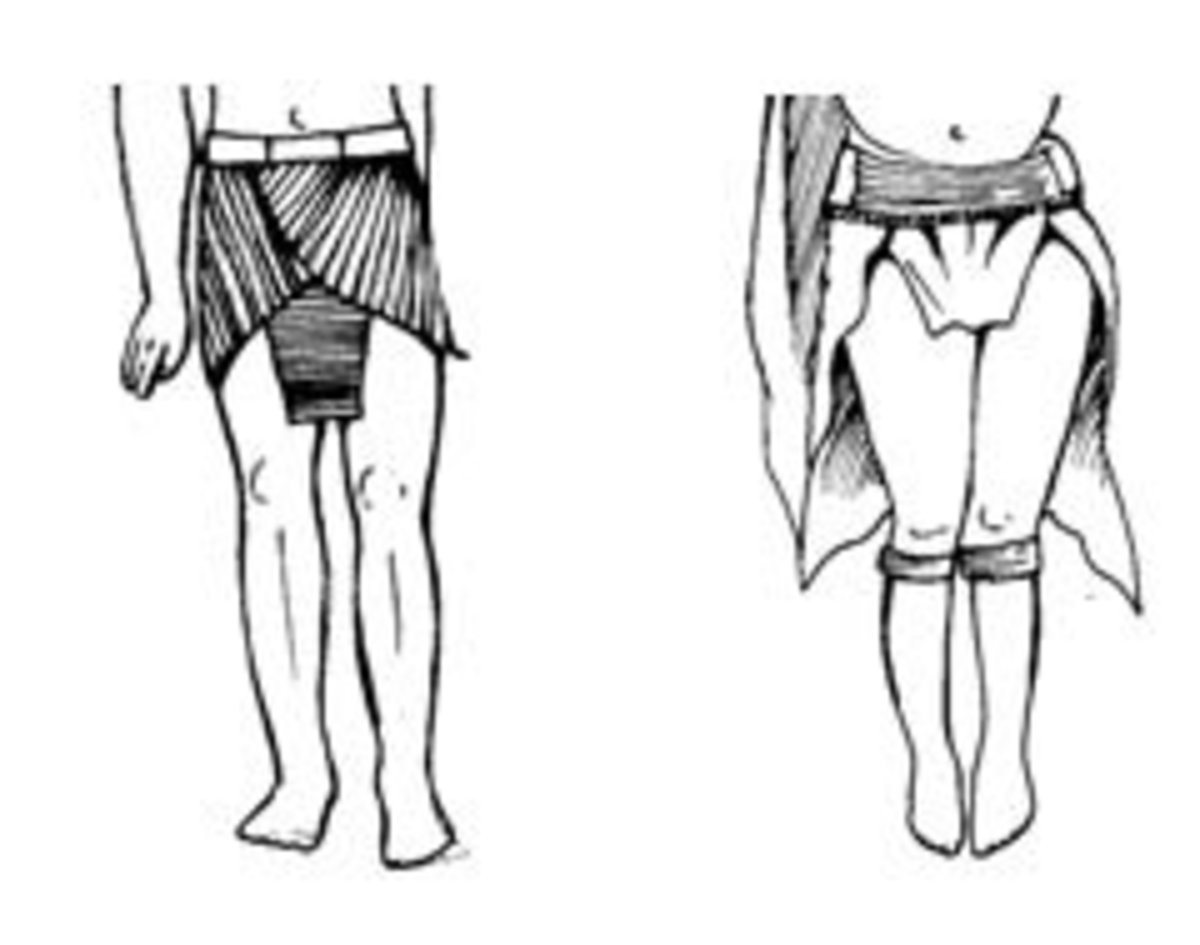The Human Tail - An Atavism
It may surprise some of you to know that we as humans have a tail! I can imagine the potential disarray this may cause for skeptics or those pertaining to certain religious views; however, it's not that hard to believe that we have a tail.
Don't scramble for your lower backs just yet - what I mean is, at some point during our embryo stage we have a distinct tail structure which is later removed by our immune system.
It shouldn't be that big of a surprise. We do have a tailbone after all, so it seems fitting to think that we should also have a tail, or perhaps have had a tail.

The Coccyx
Some of you might be thinking that it's just called a tailbone and it really has nothing to do with the presence of a tail.
The tailbone, or coccyx, is actually the remnant of a vestigial tail. A vestigial trait or vestige is a rudimentary structure compared to the same complex structure in other animals. A vestige can have no function or minor functions that are inessential and point to a different original purpose.
A previous evolutionary purpose which we no longer require can be easy to visualize for a tail. A tail would have greatly enhanced our balance and thus our ability to escape predators and become better gatherers/predators ourselves. Nowadays balance is not as integral to our survival, and a tail would likely be a waste of resources.
That's all nice and dandy, but how do we know it's a vestigial trait?
The coccyx is composed of four fused caudal membranes found at the base of the spine where most other mammals and primates have a tail. We as humans are some of the only vertebrates that lack an external tail as an adult, along with a few other primates.
The most important features of a tail are balance and the ability to grasp objects, something that our coccyx doesn't provide. It does have a few minor functions, mainly being an attachment to tendons, ligaments and muscles, but it is not required for things like sitting and walking. You can get the coccyx surgically removed if you suffer from pain in the coccyx (coccydynia).
Embryo Tail Development
At about four to five weeks, the human embryo has 10-12 developing tail vertebrae, along with other complex tissues related to the development of the spinal cord, vertebral column, cartilage and bones, among others. After the eighth week, vertebrae 6-12 have been eliminated via cell death and vertebrae 4 and 5 are being regressed. The immune system attacks and digests the tail cells using white blood cells (macrophages) which are normally responsible for ingesting invading pathogens like bacteria.
The following link highlights the process nicely:
The Human Tail
Now here's where it gets interesting: some of us have retained that tail! Exactly how they retained it is not within the scope of this article, although some methods of gene activation/inactivation are caused by mutations or environmental influences.
Over 100 cases of human tails have been reported in medical literature. About 1/3 of these tails are "pseudo tails" which are usually malformations. The remaining are true tails, made because the absorption of the embryonic tail was not complete or did not occur at all.
How can we tell?
The easy way is that pseudo tails can't move. A true tail can.
True tails also contain a complex bundle of nerve fibers, blood vessels and connective tissue. These tails are covered by normal skin with hair follicles, sweat glands and sebaceous glands. Pseudo tails aren't. True tails can also be inherited and can contain cartilage and vertebrae.
What can we take from this?
This sort of phenomenon isn't that uncommon. Other examples include hind legs on whales and snakes, extra toes on horses and teeth in chickens.
But one thing you can keep in mind is that this only occurs based on your evolutionary ancestors' traits. That's what an atavism is - the reappearance of a lost trait not observed in the parents or recent ancestors of an organism. The trait is specific to a remote evolutionary ancestor. The above examples all remain true to standard phylogenetic trees (which are based on similar traits and molecular sequences).

In other words you'd be hard-pressed to find a mammal with feathers, primates with degenerate wings or arthropods with backbones, vestigial or atavistic. A single case of this occurring would bring a potential debunking of evolution.
The fact that we do have such a trait is not nearly enough to prove evolution on its own, but combine it with all of the other aspects that provide evidence and it can be a regular clincher. For now though, the human tail only provides yet more evidence for the theory.
Personally, I find believing in tales of humans being made in the image of an all-powerful deity that is perfect and yet creates a flawed-creation, punishes its creation for being flawed and to top it off calls it "justice" is too much for me. But that's for another Hub.
As for Evolution? It doesn't seem to be such a far-fetched 'tail' after all.







